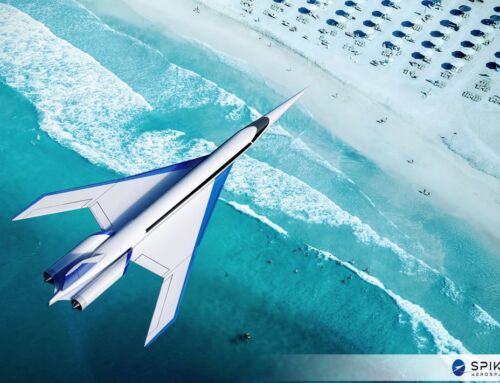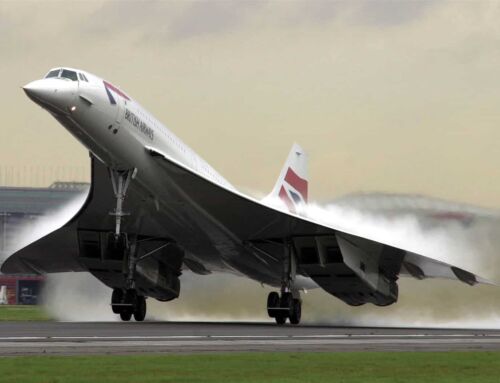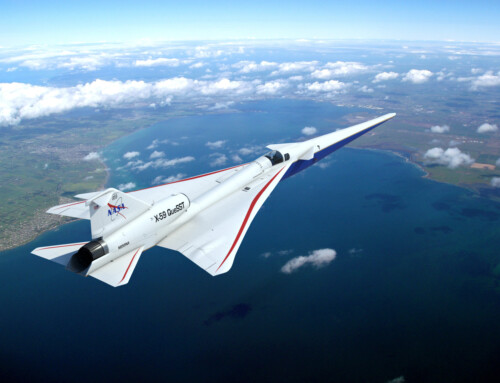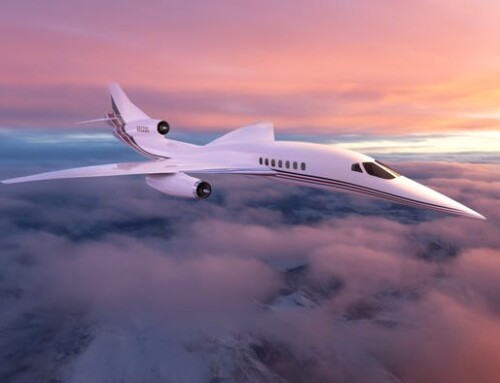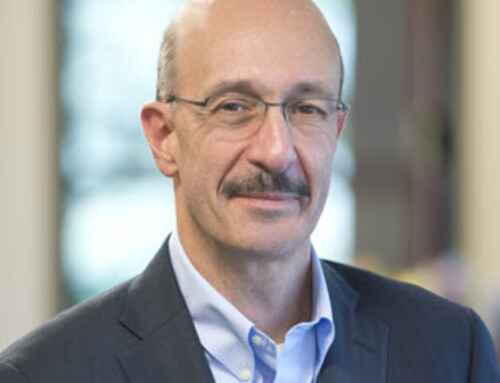
The silence is over. Spike Aerospace has returned, ready to reshape the future of flight. Over the past few years we sharpened the Spike S‑512 Diplomat concept, expanded our leadership, and refocused our strategy. Now that work shifts from drawing board to runway as we pursue low‑boom Mach 1.6 travel for global business.
Based in Atlanta, GA, the company is resuming development of its flagship aircraft, the Spike S-512 Diplomat—a quiet, efficient, and environmentally responsible supersonic business jet that promises to change how the world travels.
A Return Timed for the Future
The world is moving faster—and the demand for smarter, more responsive global travel is rising. International business leaders need to move quickly, manage resources more effectively, and build deeper global relationships. Supersonic flight is no longer a luxury—it’s becoming a strategic necessity.
-
Spike’s Low‑Boom Technology enables over‑land supersonic viable without the sonic boom.
-
Sustainable Aviation Fuels (SAF) are gaining policy support and early‑stage production scale.
-
The competitive field remains thin—few programs balance quiet operations, credible ranges, and realistic economics.
Spike’s relaunch dovetails with these shifts, positioning the Diplomat to meet a very real market need rather than chasing a novelty.
“We’ve always believed in the promise of supersonic travel,” said Vik Kachoria, President & CEO. “Now the technology, the market, and the regulatory climate are lining up—and Spike is ready to lead.”
The Spike S-512 Diplomat: Performance with Purpose
The Spike S-512 Diplomat is being engineered for low-boom, overland-capable flight at full-speed Mach 1.6. It’s designed to offer seamless transoceanic and transcontinental operations—covering the most common global business routes in significantly less time.
More than just speed, the Diplomat is built to deliver value in every dimension:
-
Low-boom design that reduces noise impact and allows broader flight corridors
-
Cabin designed for productivity and comfort—executive seating, lie‑flat options, and seamless connectivity.
-
Built for SAF compatibility from day one—integrating cleaner fuel pathways into the business model, not bolting them on later.
Result: an aircraft that cuts intercontinental schedules in half and brings new agility to high‑value travel without the environmental baggage of past supersonic programs.
Spike’s New Chapter
With renewed leadership and sharper focus, Spike Aerospace is launching this next phase with a clear vision and fresh momentum. The company is actively:
-
Talent expansion – recruiting aerodynamicists, propulsion leads, and program managers.
-
Strategic partnerships – engaging suppliers and technology collaborators that share our vision.
-
Capital roadmap – preparing for near‑term investor discussions tied to defined engineering milestones.
The pace will be deliberate, but purposeful. While development milestones will be shared in time, Spike remains focused on building the right team, technology, and momentum to ensure long-term success.
A Call to Visionaries
Spike Aerospace was founded on the belief that flight should be faster, smarter, and better for the planet. That belief hasn’t changed. But today, it’s backed by sharper focus, stronger leadership, and a market ready to take off.
“This isn’t a comeback story,” says Kachoria. “It’s the next step toward a future where distance is no longer a barrier to doing great things.”
— The Spike Aerospace Team, Atlanta, GA
#SpikeAerospace #SupersonicFlight #AviationInnovation #BusinessAviation #SustainableAviation #LowBoom #AerospaceEngineering

